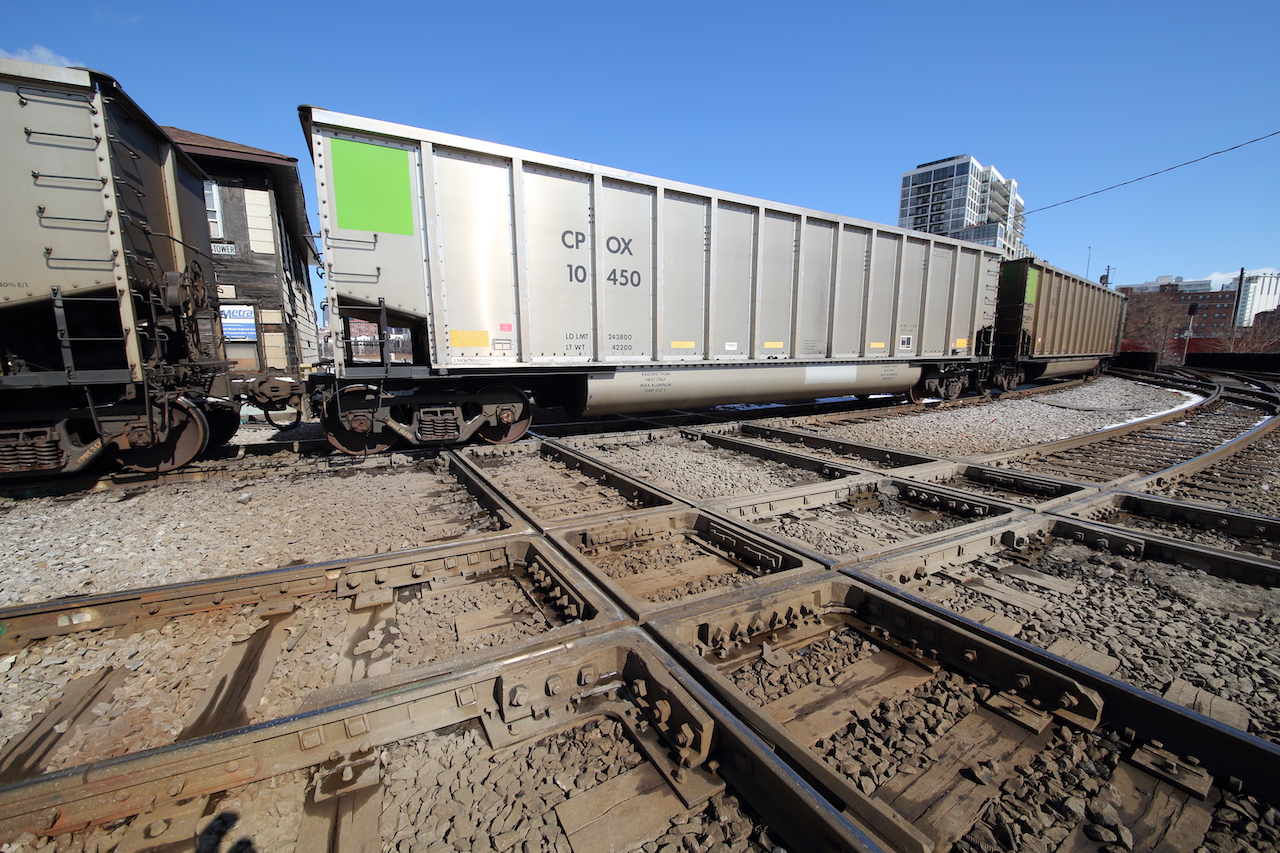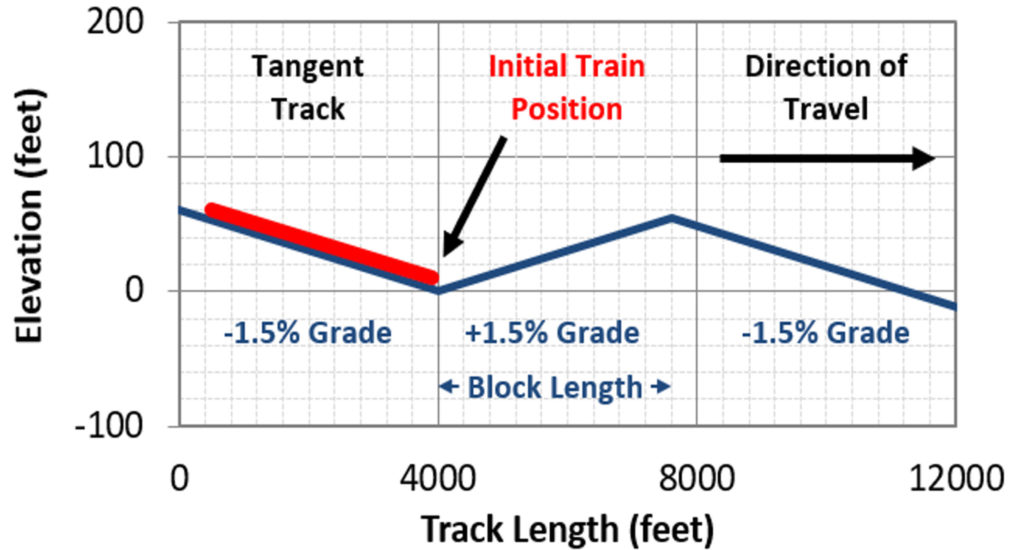
MxV Rail R&D: Railcar Draft System Modeling
Written by Adam Klopp, Principal Investigator II, and Alyson Sasaoka, Engineer, MxV Rail
Photo by William Beecher
RAILWAY AGE, NOVEMBER 2023 ISSUE: Under the Association of American Railroads’ (AAR) Strategic Research Initiative (SRI) Program, MxV Rail and the End-of-Car (EOC) Energy Management Task Force of the AAR’s Equipment Engineering Committee (EEC) are developing a combined testing and modeling approach to evaluate draft system performance.
This approach includes both physical impact testing, used to evaluate impact protection and characterize the systems, and modeling, used to evaluate in-train scenarios that are not necessarily covered by existing standards.
Draft systems protect railcars and lading from coupler forces generated during in-train operations. In North America, the most common draft systems are friction draft gears and end-of-car cushioning (EOCC) units. Due to a short and stiff displacement stroke of approximately 3.25 inches, friction draft gears provide good slack action control within a train, but they have limited energy absorption capacity during yard impacts. The EOCC units have a much longer displacement stroke, typically 10 or 15 inches, that allows greater energy absorption in yard impact environments but can affect in-train slack control negatively. In recent years, hybrid draft systems that seek to balance impact protection with in-train slack action control have begun to enter service.
Typically, draft systems in North America have been evaluated using drop hammer tests or car-to-car impact tests as specified in the AAR’s Manual of Standards and Recommended Practices (MSRP). These tests indicate how well a draft system absorbs energy during yard-type impacts, but they do not provide enough information as to how well draft systems will perform in an in-train environment. In-train slack control would ideally be evaluated using over-the-road testing, but these tests can be cost prohibitive and logistically complex. The combined testing and simulation approach described in this article provides a methodology that addresses these limitations.

Figure 1. Drift simulation grade transitions. (MxV Rail)
MxV Rail conducted a series of impact tests on a variety of draft system designs to evaluate the impact protection provided by the different systems and characterize the systems for use in modeling. In total, six designs were tested, including: 1) a standard 15-inch EOCC unit, 2) a 13/2 active draft EOCC unit, 3) friction draft gear, 4) a dual draft gear system, 5) a non-hydraulic, long travel system, and 6) elastomeric friction clutch draft gear. Draft system models were developed using impact test data, and the models were used to evaluate in-train slack control using “drift” simulations.
The drift simulation setup included a block of 60 cars with the following characteristics: 1) 60 feet long, 2) 286,000 pounds, and 3) equipped with the draft system type to be evaluated. The block contained no locomotives, and no applied brakes. The block of cars was allowed to roll on its own (“drift”) through the grade transitions shown in Figure 1. The block of cars began at a nonzero initial speed on a 1.5% decline and increased in speed as it rolled downhill. When the block of cars reached the 1.5% incline, the speed of the block began to decrease as it started to roll uphill, resulting in a compressive buff force run-in. When the block reached the final 1.5% decline in the track, the cars began to accelerate downhill again, resulting in a tensile draft force run-out.
The drift simulation results show that friction draft gears and hybrid draft systems generally provided better train action control—including lower coupler forces and in-train speed differences and lower variability in these results—because they were better able to limit relative motions within the train. Due to the reduced slack control, EOCC-equipped cars experienced higher in-train forces and speed differences and higher variability in results when compared to the cars equipped with the other draft systems. When combined with impact test data, the results from the drift simulations can be used to better evaluate the overall energy management ability of different freight car draft systems, including the impact protection and slack control that these systems provide.



